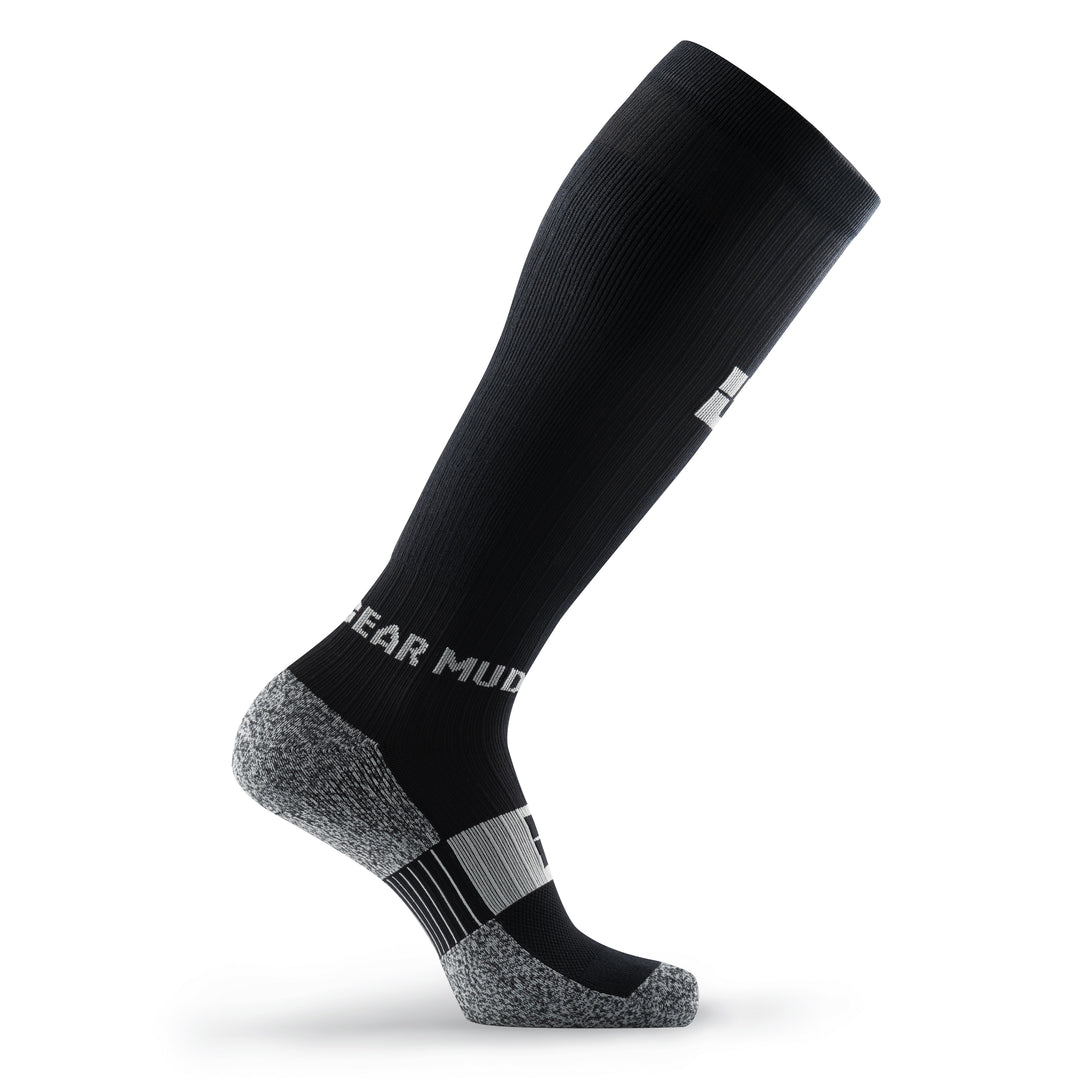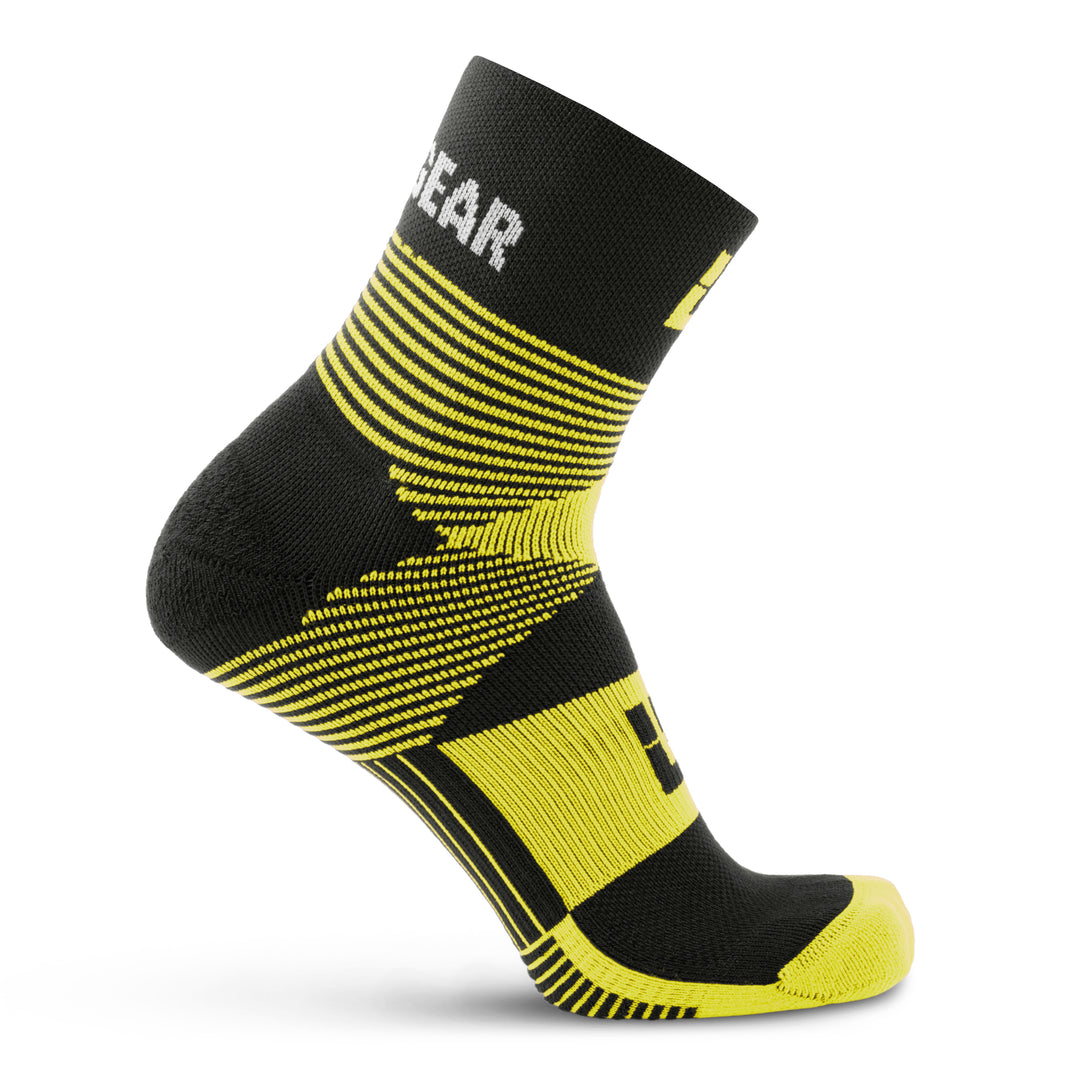Comfortable Being Uncomfortable
Racing OCR successfully requires being uncomfortable...plain and simple! And not the kind of uncomfortable where you merely feel the urge to dial back your effort. OCR requires the kind of uncomfortable that makes you question what the heck is wrong with you to voluntarily put yourself through something like this. It makes you re-learn your pain threshold and get in touch with your mental grit. That’s the kind of uncomfortable I’m talking about.

Coming from a running background, every race was about gauging my effort. You start with a calculated effort and gauge your pacing just right so that when you breach your ‘red line’ to come pounding home, you cross the finish line and the race is over. You sit in a true state of ‘this is awful’ type discomfort for less than 10% of your race. In comparison, racing OCR successfully requires us to cross our ‘red line’ numerous times during a race and then get back to a reasonable working rate. So, if a race requires us to dip into the ‘pain cave’ numerous times, then why don’t we train the same way?

The biggest jump in my OCR fitness has been a result of transitioning my quality workouts to muscle fatiguing, near maximal efforts followed by continued hard running immediately afterwards. I’ll repeat a given sequence numerous times throughout a quality workout to simulate coming in and out of ‘red line’
type effort during a race. The main objective? Get REALLY uncomfortable in your training so when race day comes you know exactly what to expect. You know how it will feel because you practice the same type of race discomfort in training which will allow you to race more effectively by pushing through discomfort. Don’t get me wrong, the majority of my running is easy/recovery running. But when it’s time to go hard… it’s time to GO HARD.
Here’s an example of the type of workout I’m talking about:
“OCR MILE REPEATS”
10-20 min run warm up
stop/stretch/strides
15 burpees/400m run @ race pace or faster
15 DB Thrusters/400m run @ race pace or faster
20 Jump Squats/400m run @ race pace or faster
20 Jump Lunges/400m run @ race pace or faster
Recovery jog 3 min and repeat the above x 3-5.
10-20 min cool down run
The above is simply an example, and there are many variations of this type of training you can do. This type of training is UNCOMFORTABLE, and it’s been a game changer for my OCR performance- I’d expect the same for you!
~Kirk DeWindt














Leave a comment